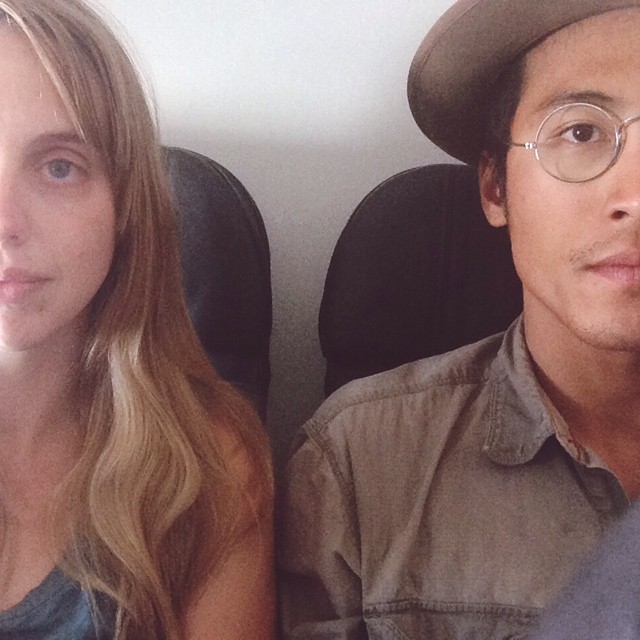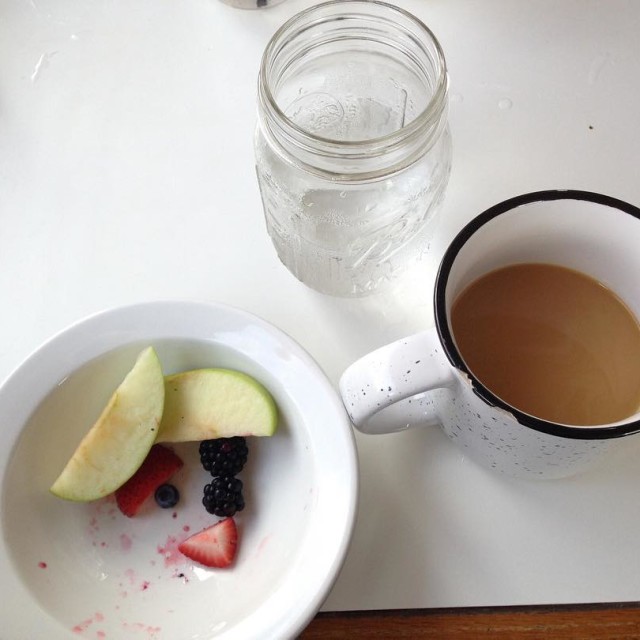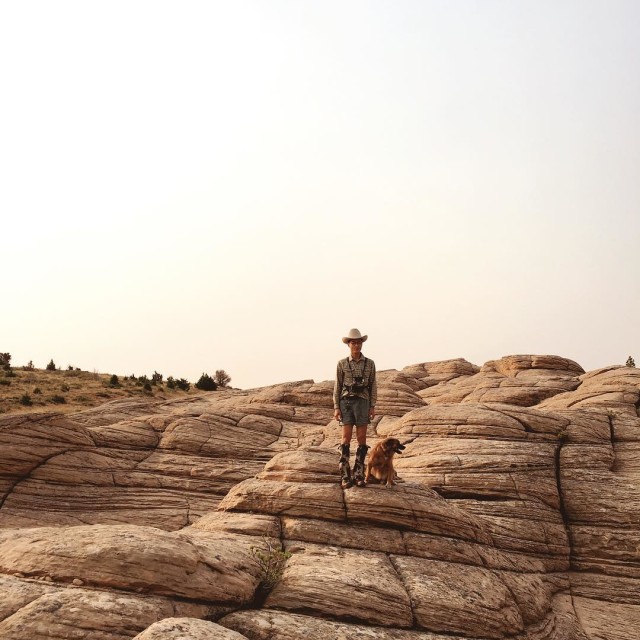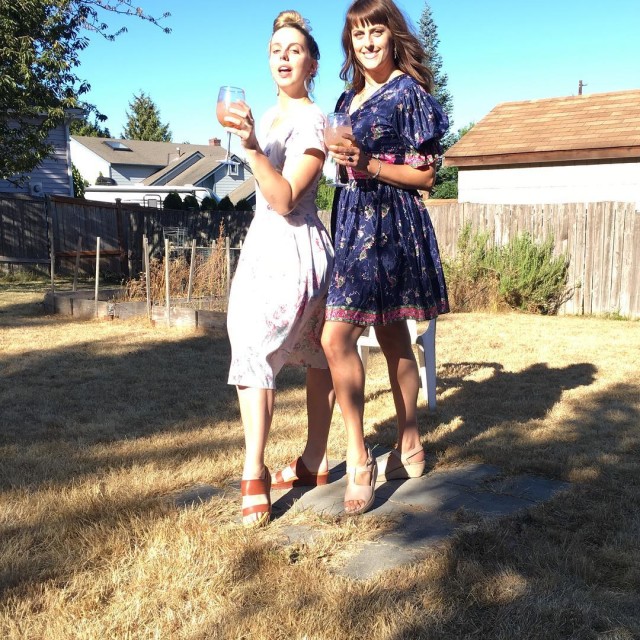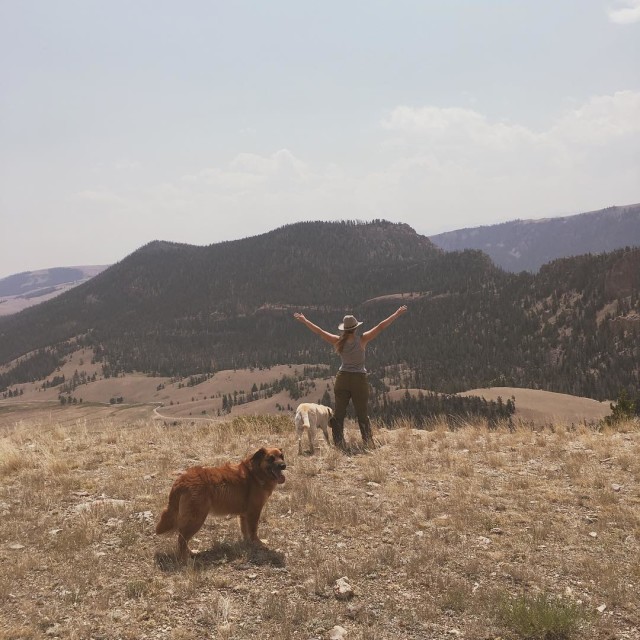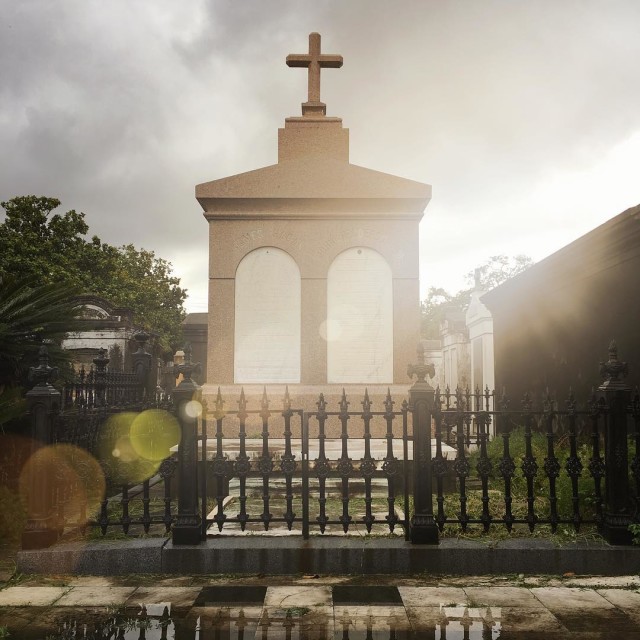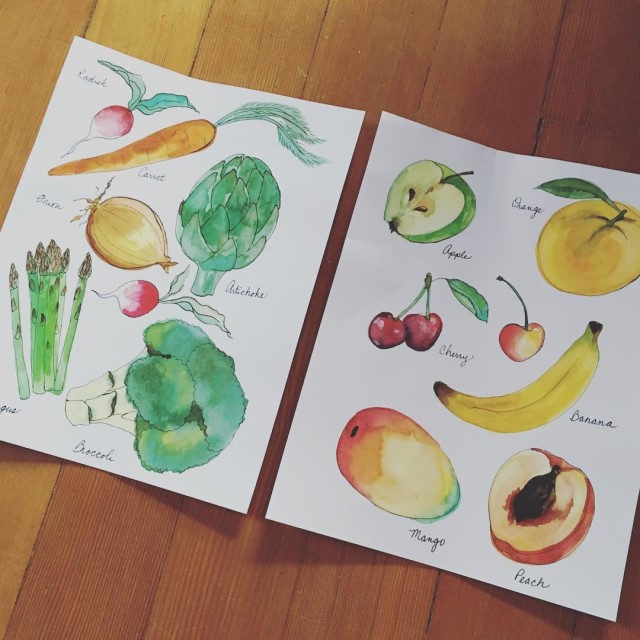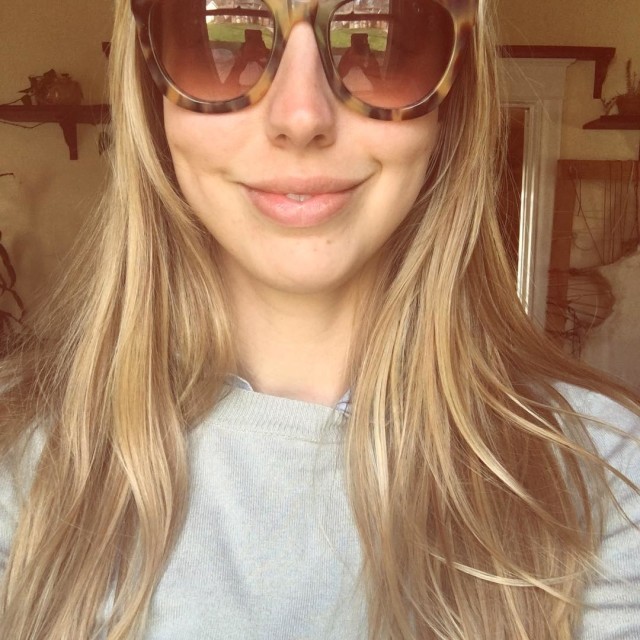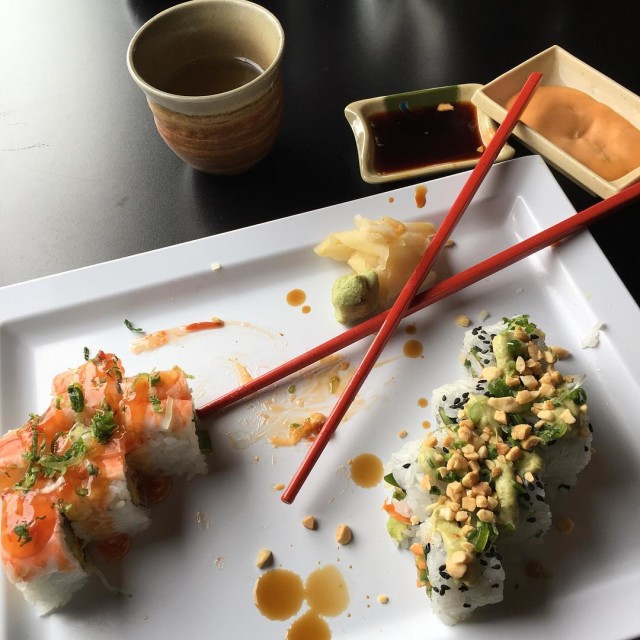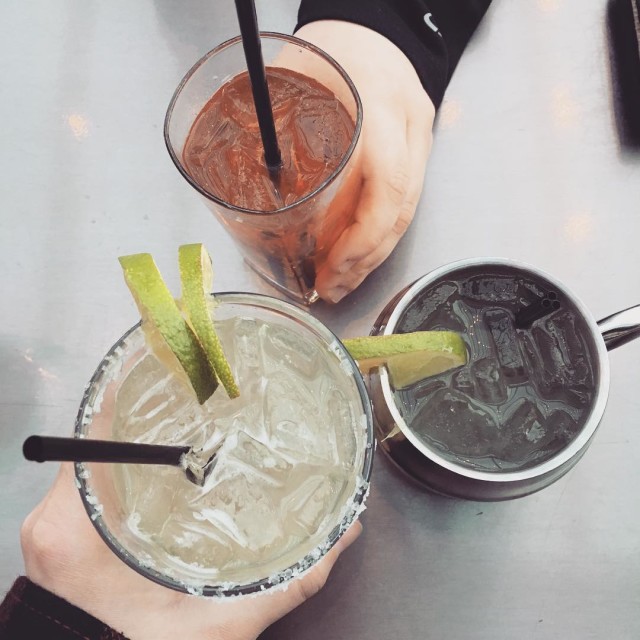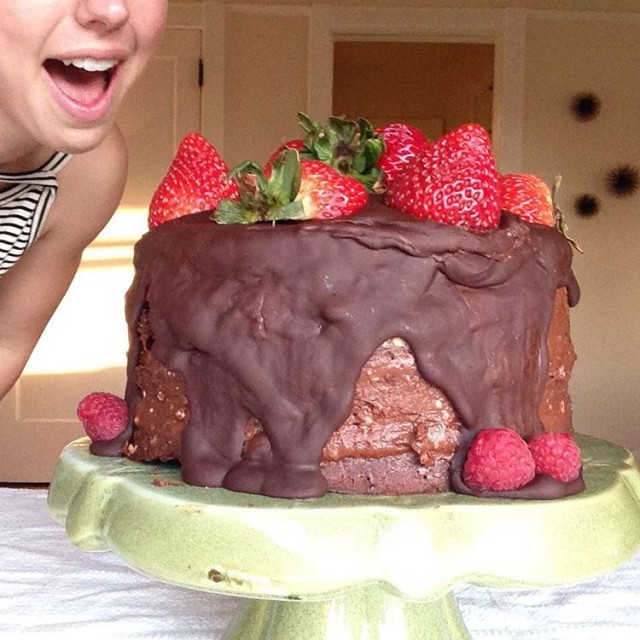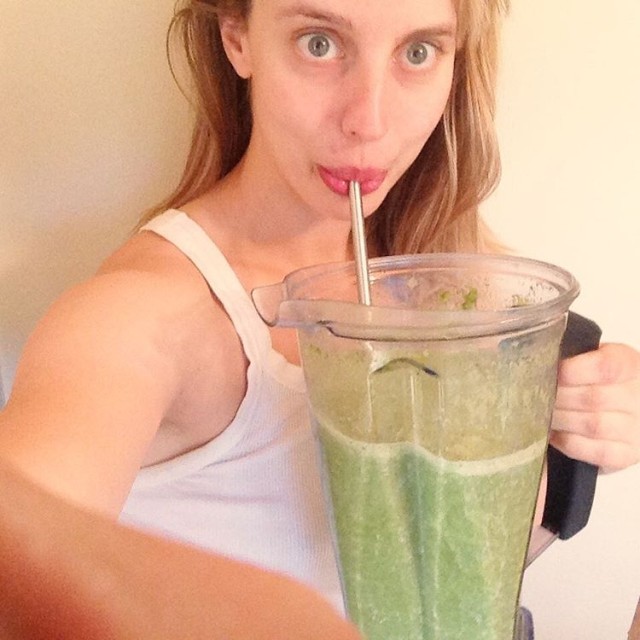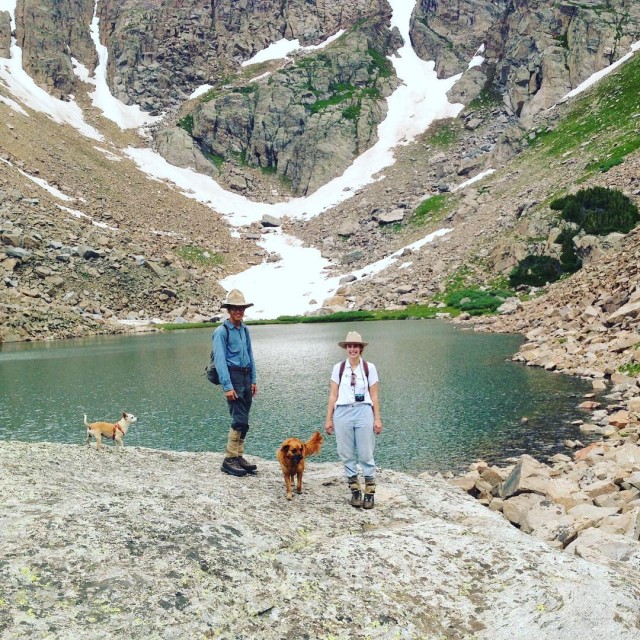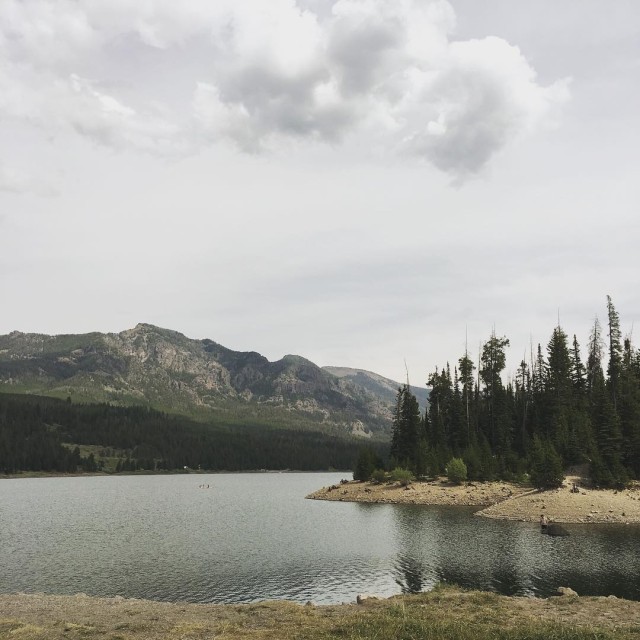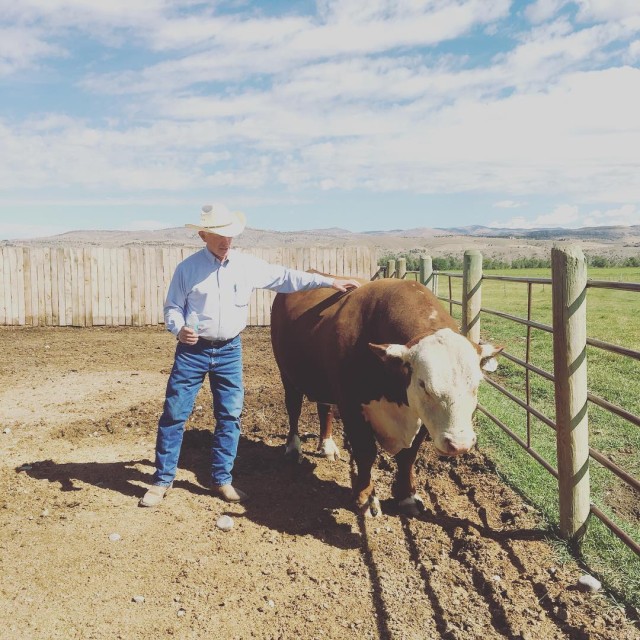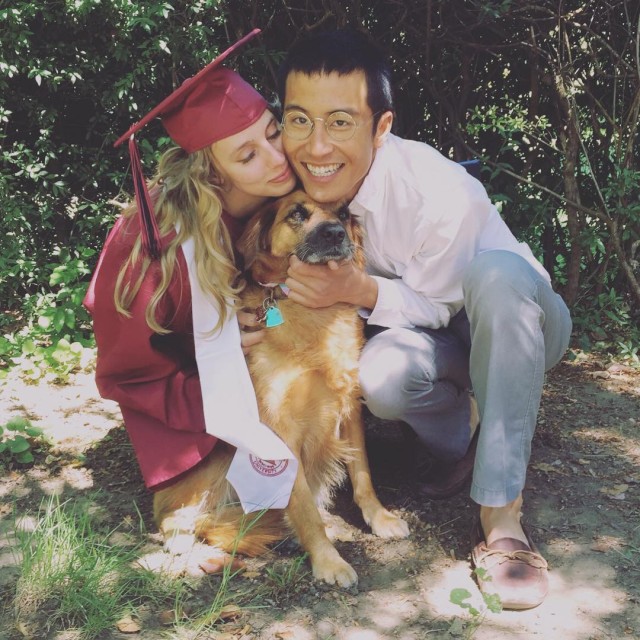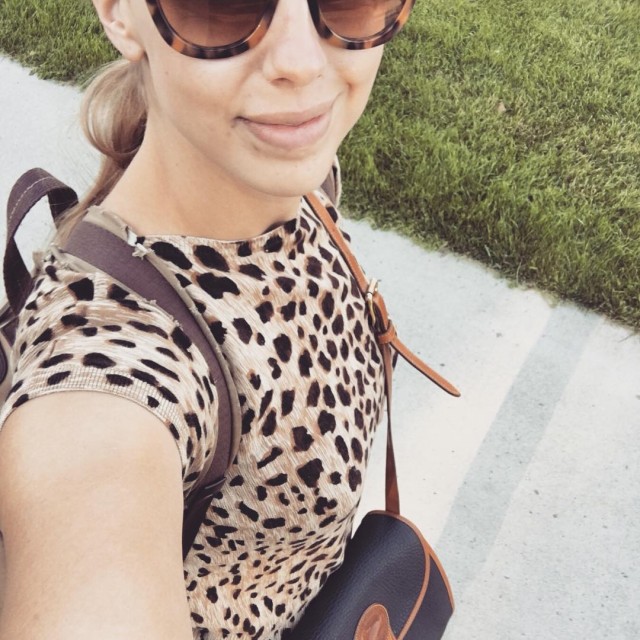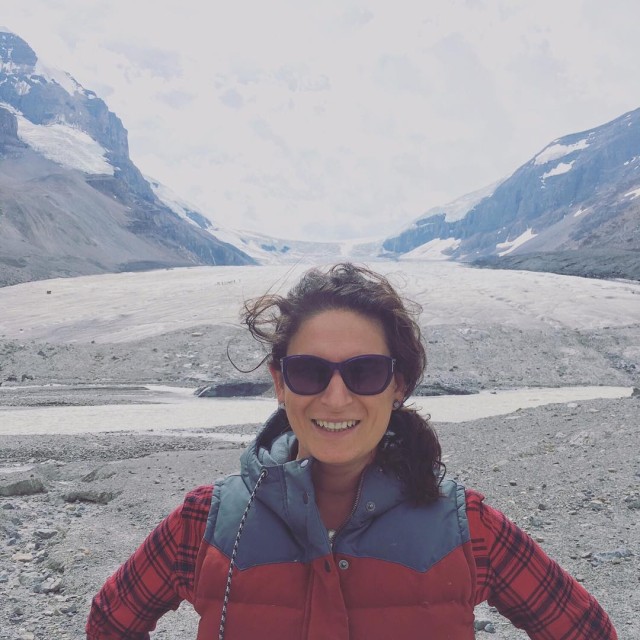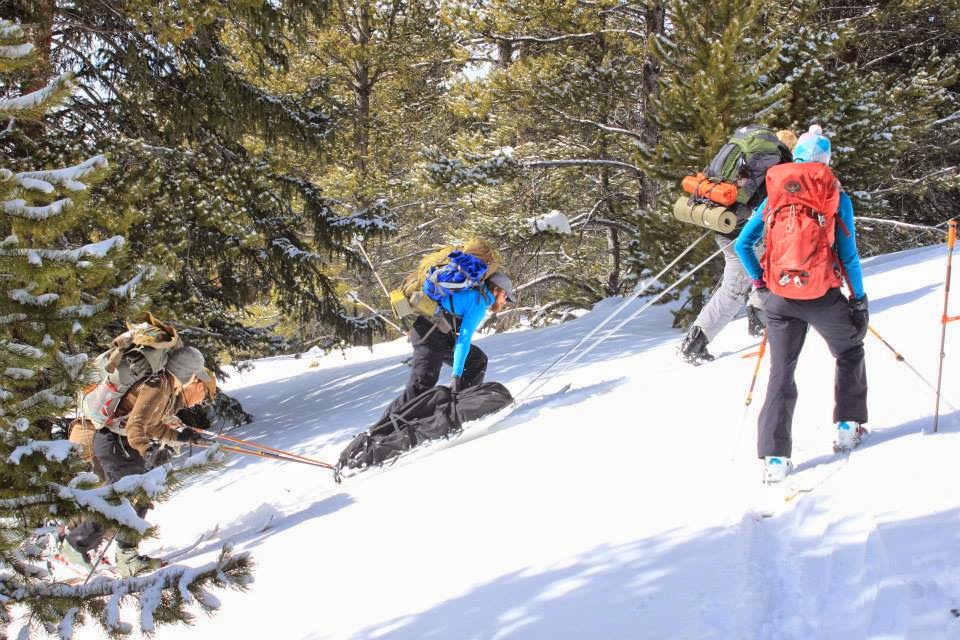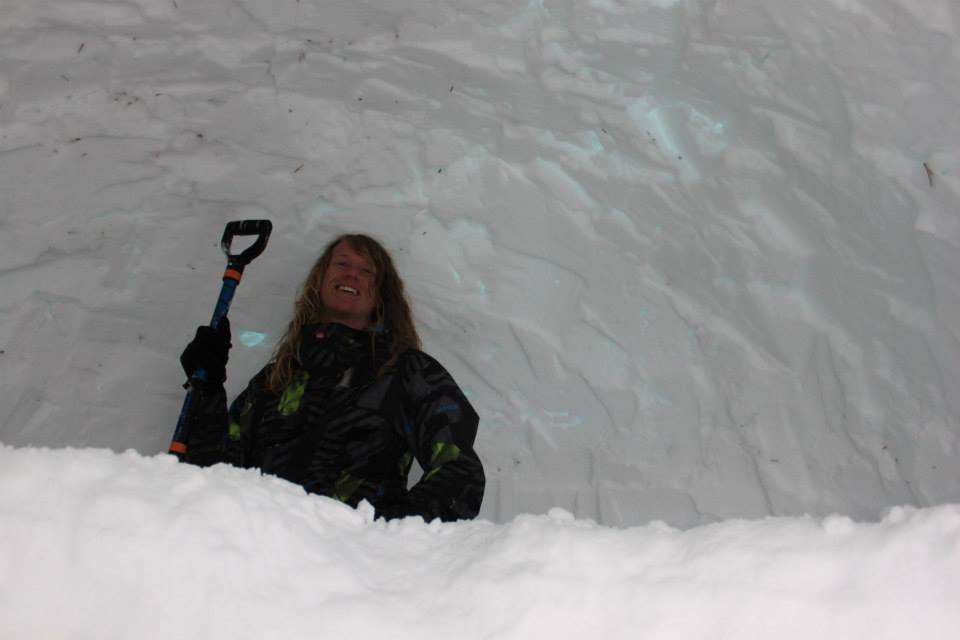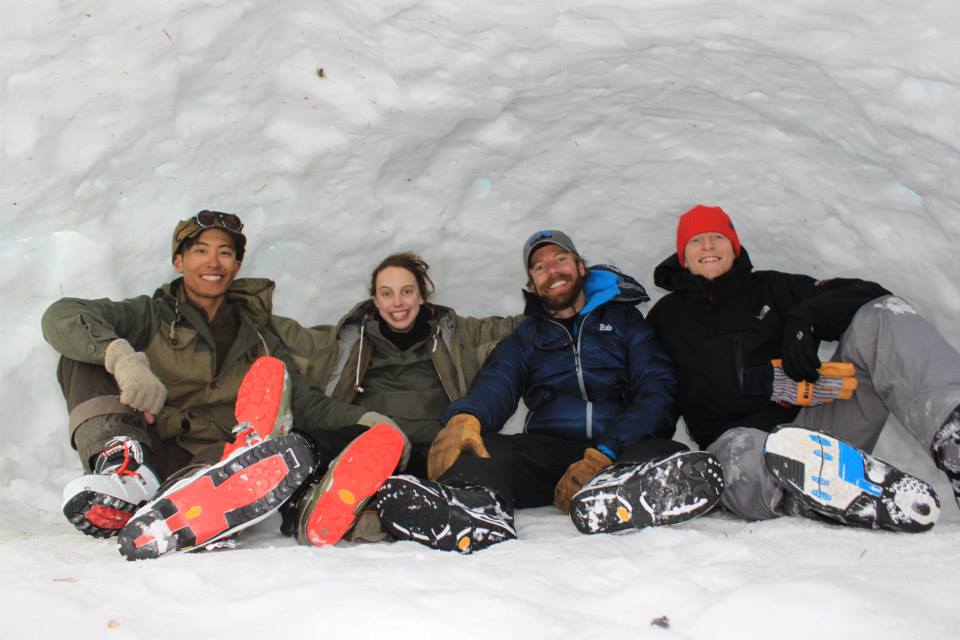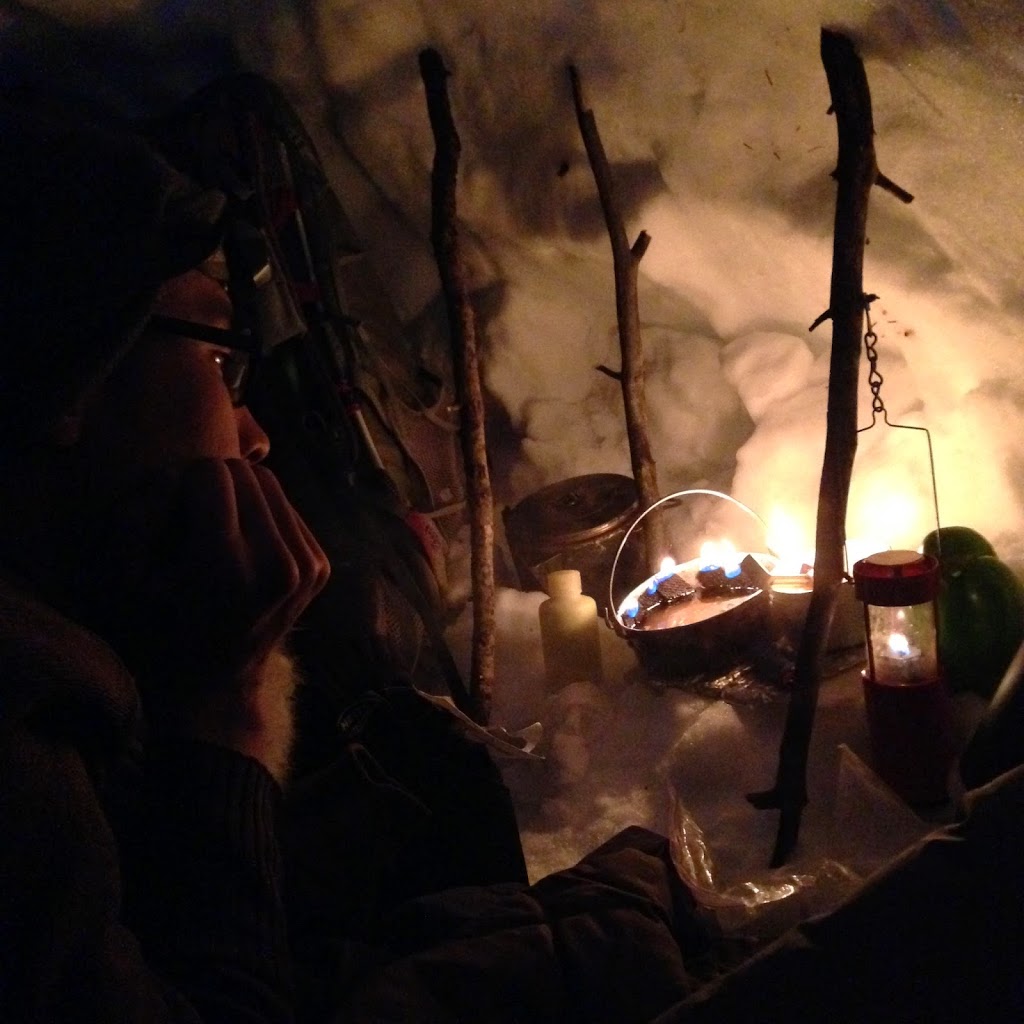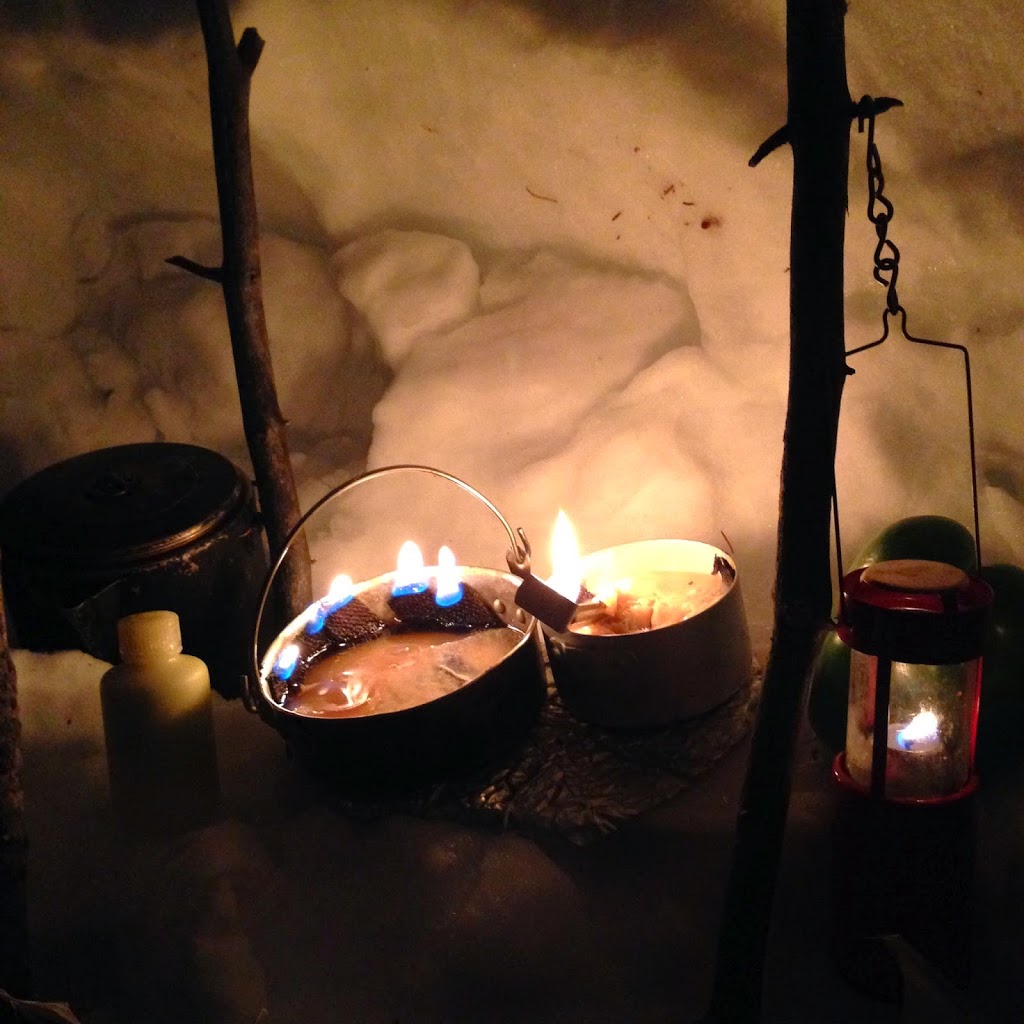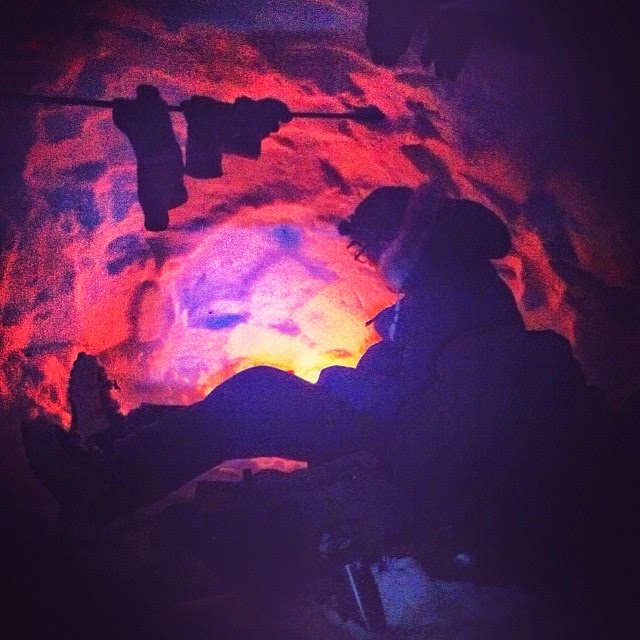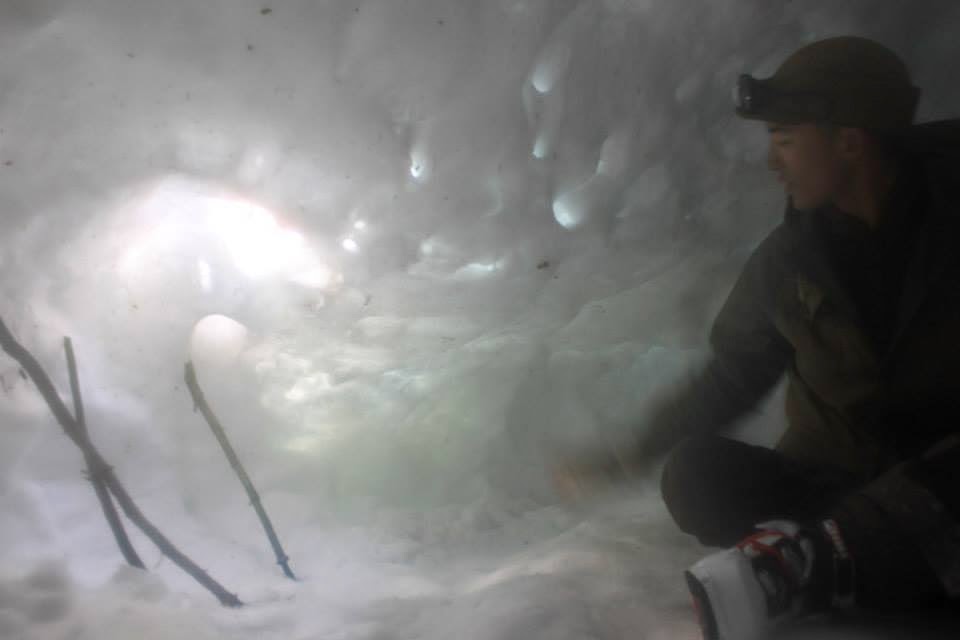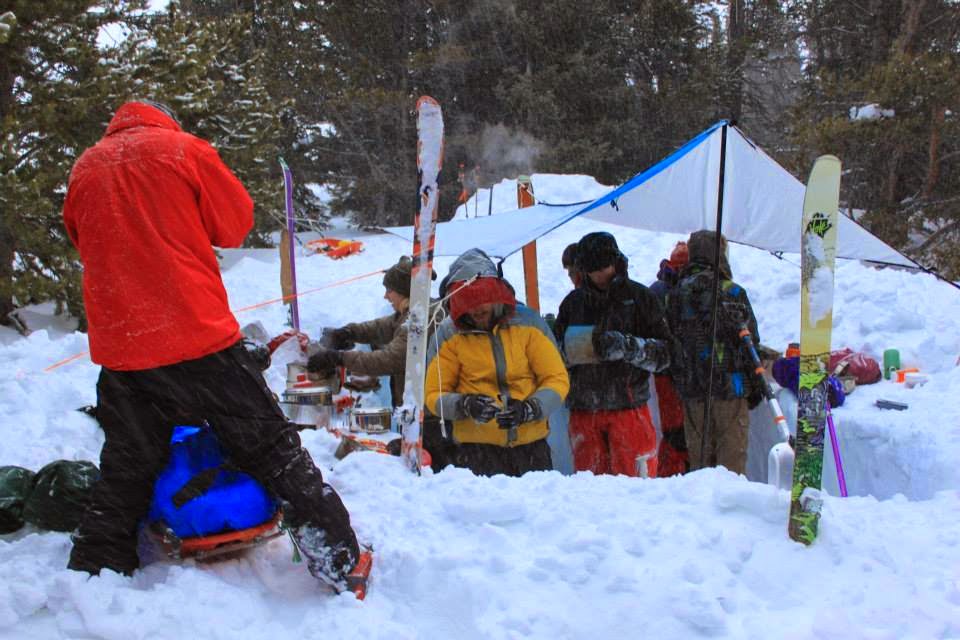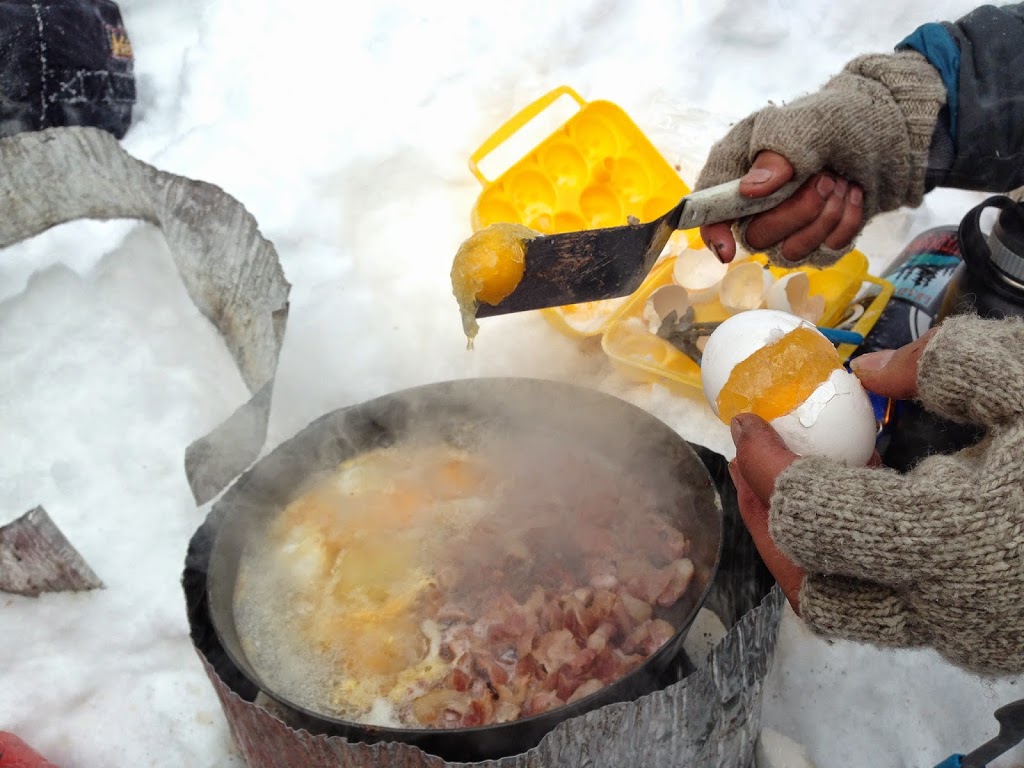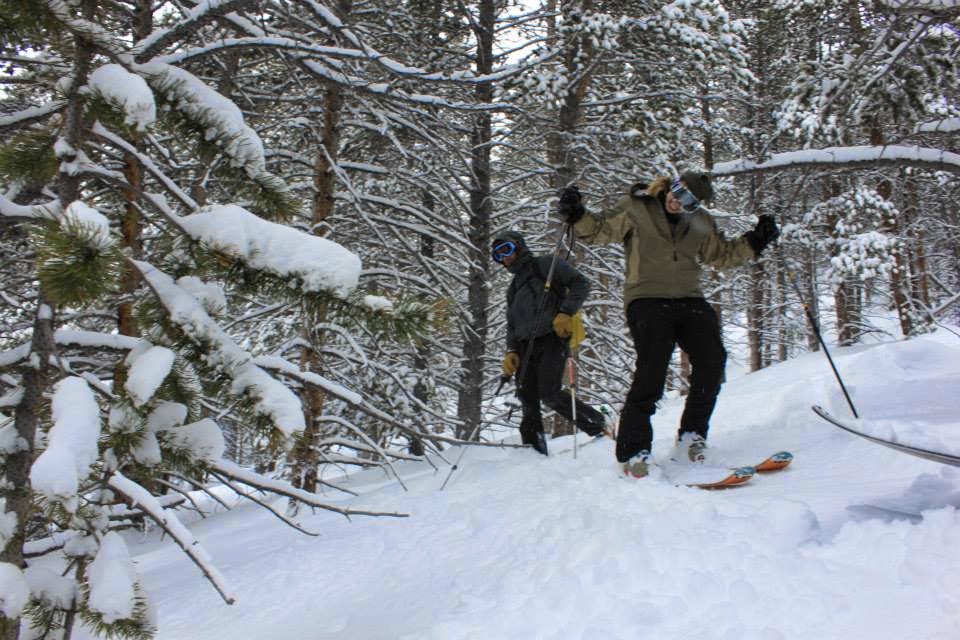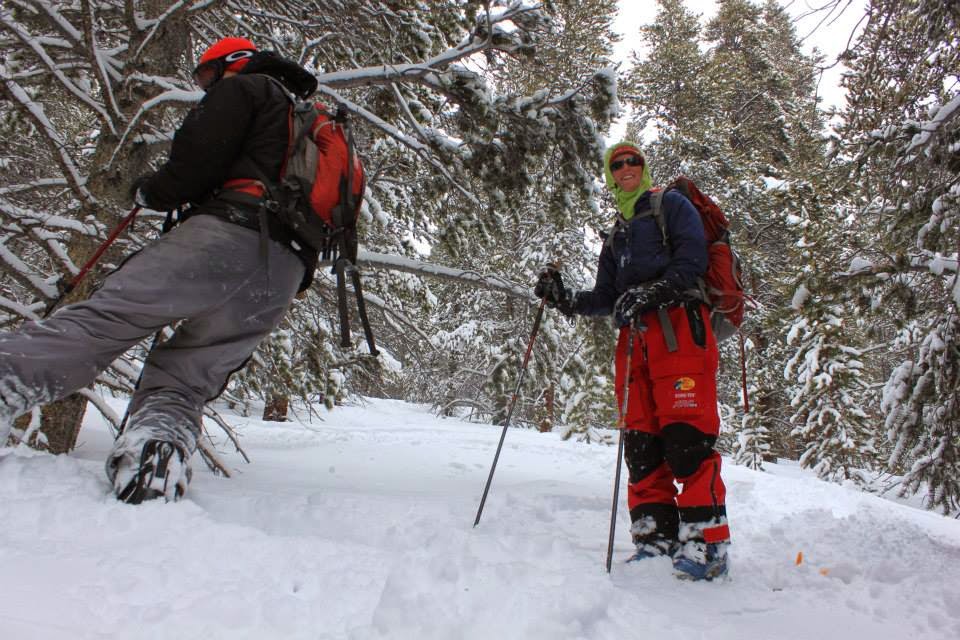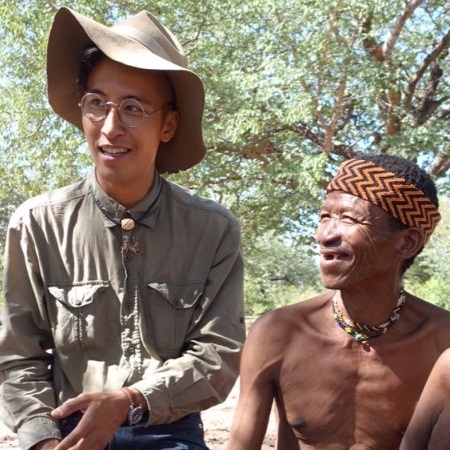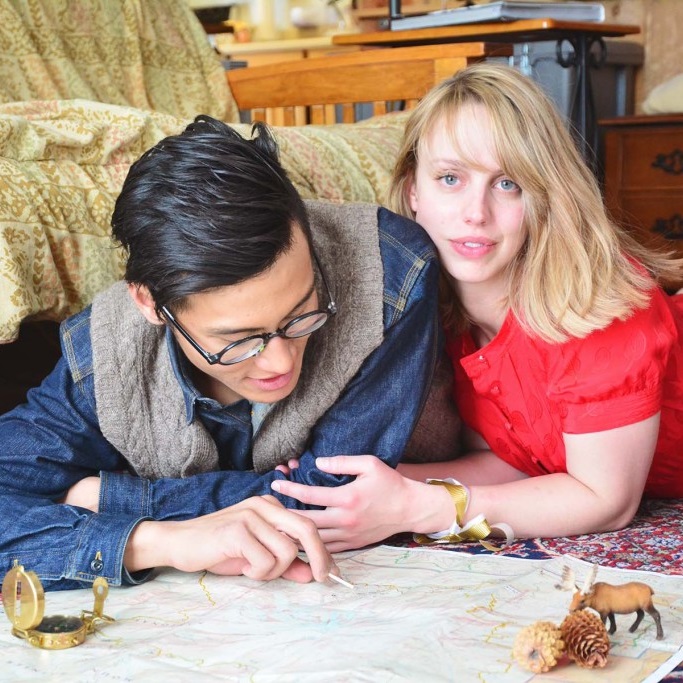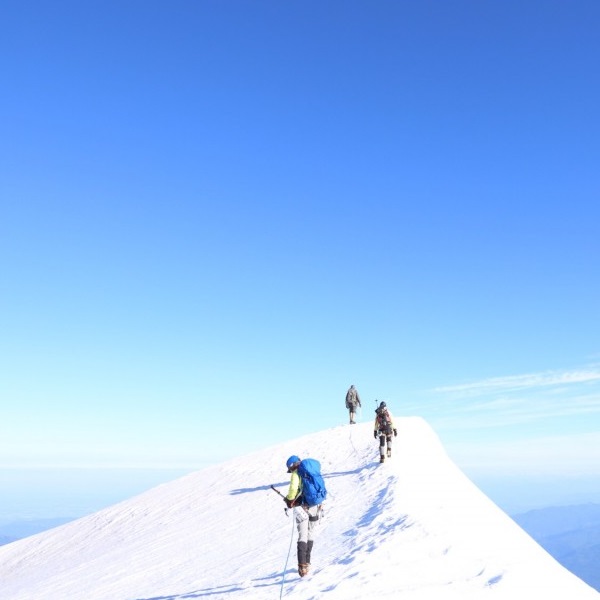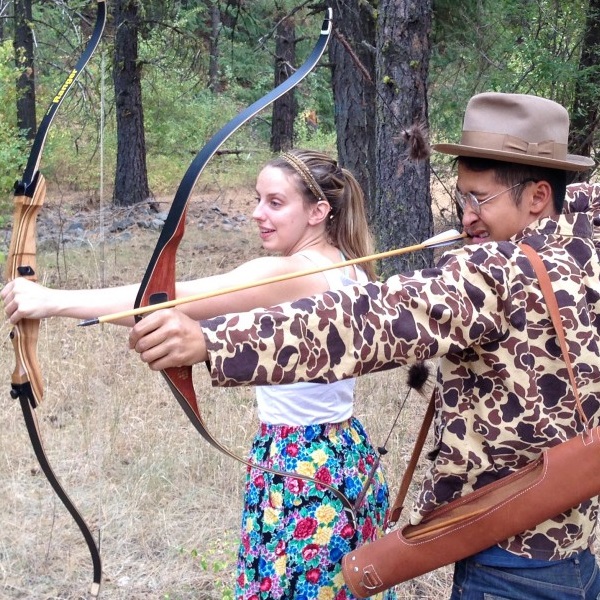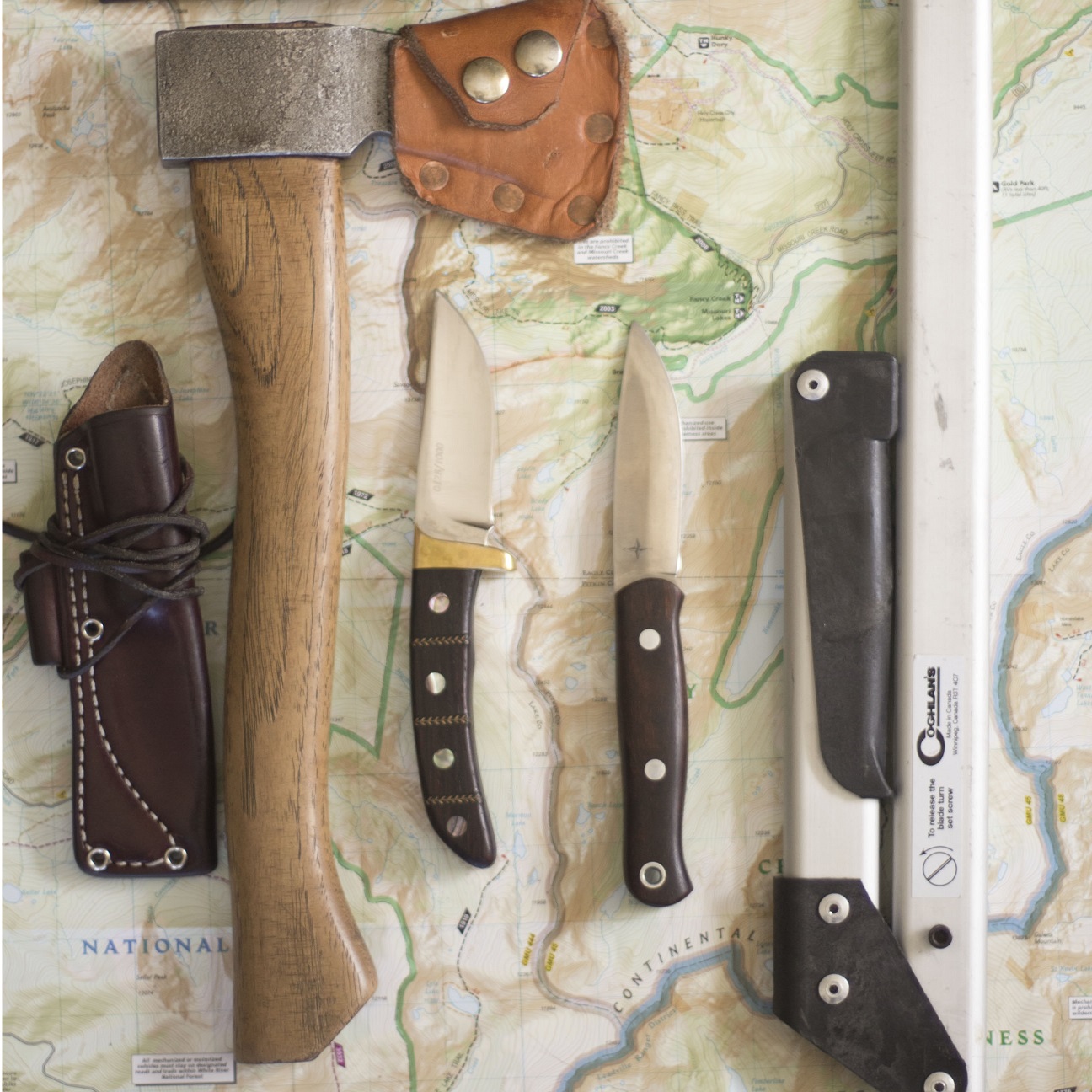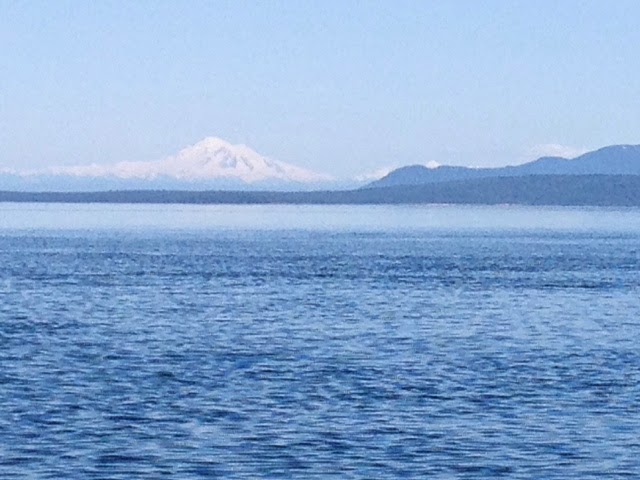 |
| Mt Baker, visible from the sea. It is 10,780 feet tall and 30 miles inland form my boat. |
Laura is a doctor, but she hates her job and wanted a career change, she had been guided by RMI up Ranier.
Evan is an excellent skiier from MT but he is deathly afraid of heights.
Douval is a father in his 50’s he too had been with RMI on Ranier.
Brett the nomadic mountain guide started out as a ski guide but eventually moved into climbing and also guides rock and other alpine peaks.
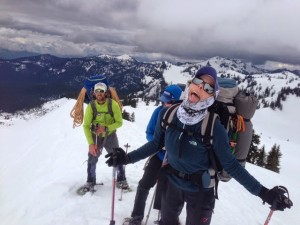 |
| My tentmate Dr. Laura from Golden CO |
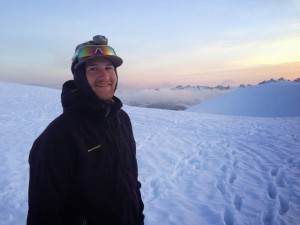 |
| Evan a college kid from Montana |
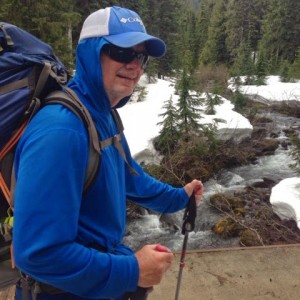 |
| Douval a medical equipment monger from SC |
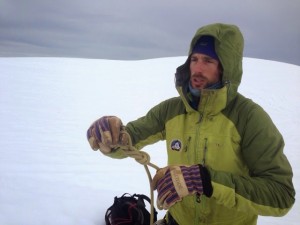 |
| Our strong and quiet guide Brett |

We get on some easy top rope routes and practice our knots, belay, climbing, and rappelling skills. I know the knots and techniques already, but Its good to review and help the rest of the class remember the methods.
We establish a comfortable Low Camp(see above map).
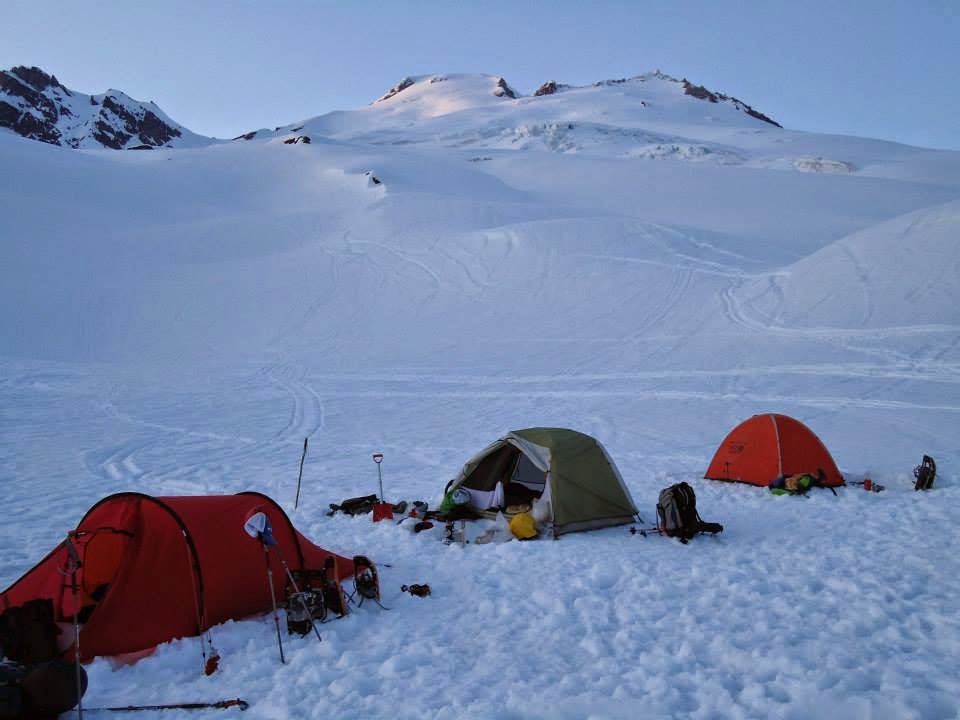
I learn a new skill. Brett calls it a boot box. Its where you dig a hole under your tents vestibule storage space for your feet so you can cook and sit in your tent at the same time.
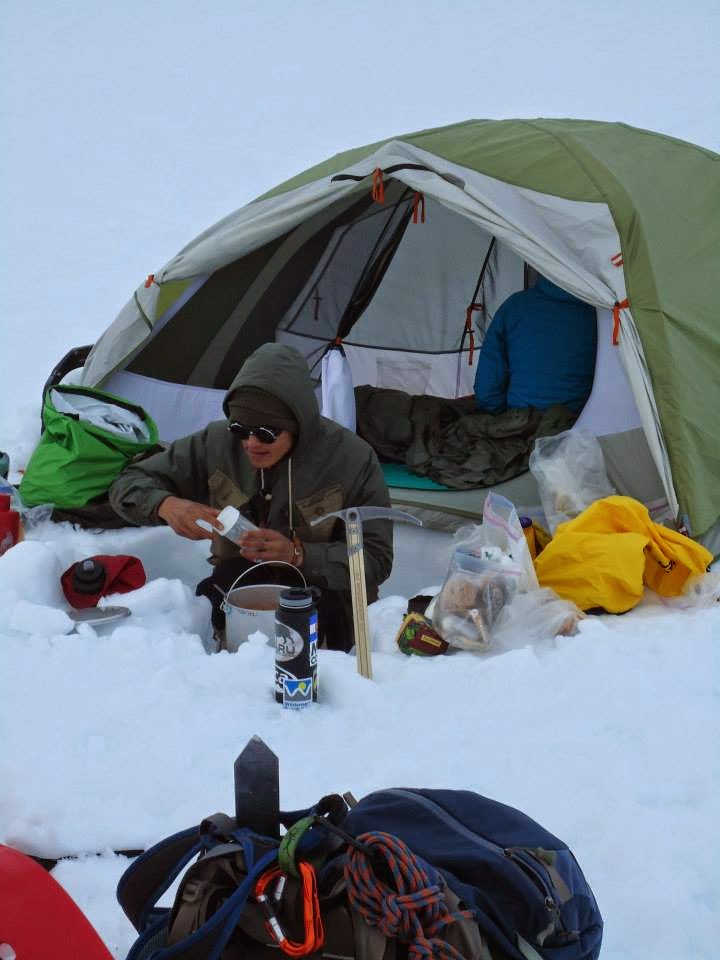
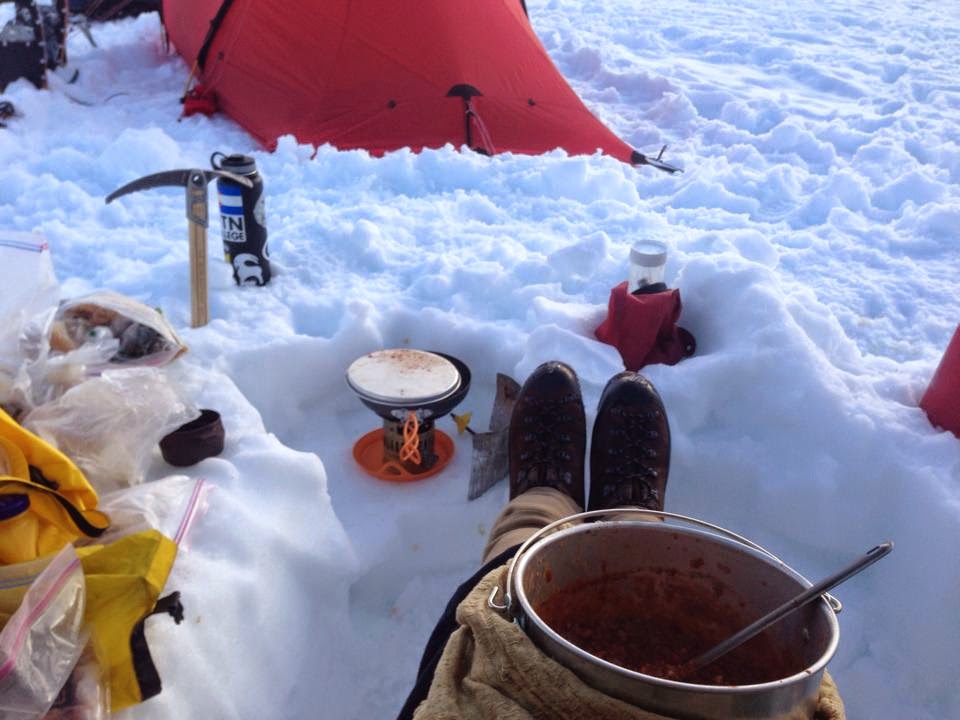
Day 3 . Brett the instructor tells us that since bad weather is moving in we are going to cover basic crampon ax and rope team procedures and make for high camp than summit the day after. THEN we learn more skills. This sounds completely backwards to me, but I can’t turn down the chance to make a big summit on this trip.
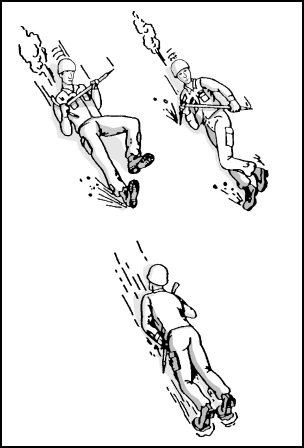
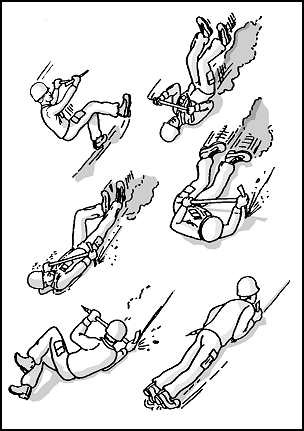
Next we learned how to tie into part of a rope team, and mainly how not to trip on the ropes tied between each member of the party. Brett said it was to help protect against falling into a crevasses in the glacier and we would learn more about that later.
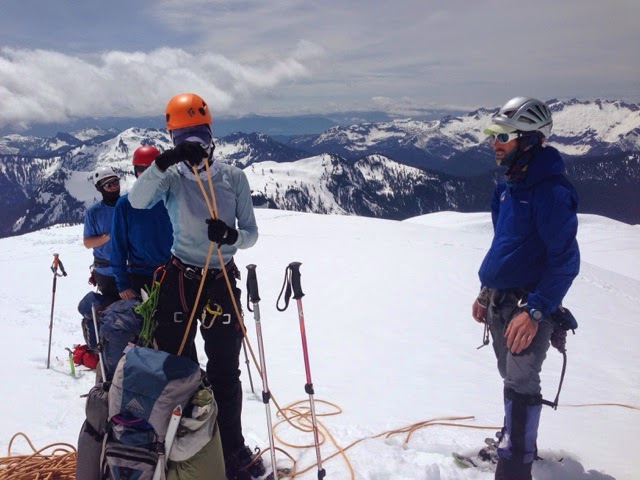 |
The group is taught several ways to use our crampons, I was already familiar with the basic flat foot and front point techniques from ice climbing, but we learn a bit more about it.
 |
| Flat foot technique requires all points to contact the ground for more security. |
We then established a cramped little high camp. The skies were clear and the air was hot. Winds blew in from the sea incredibly strongly. A storm was coming.
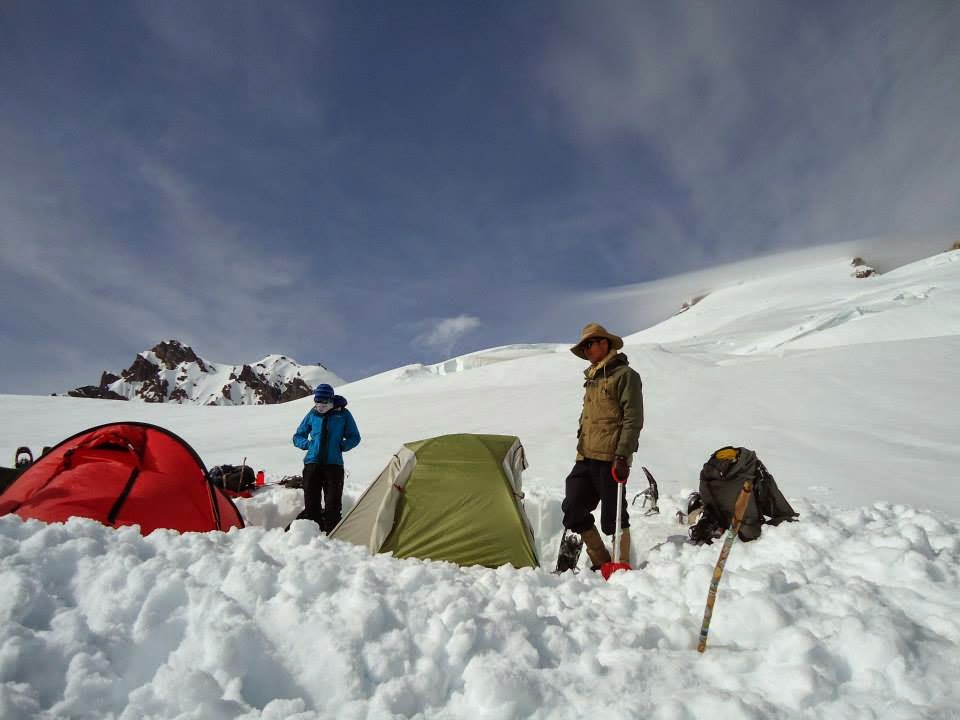
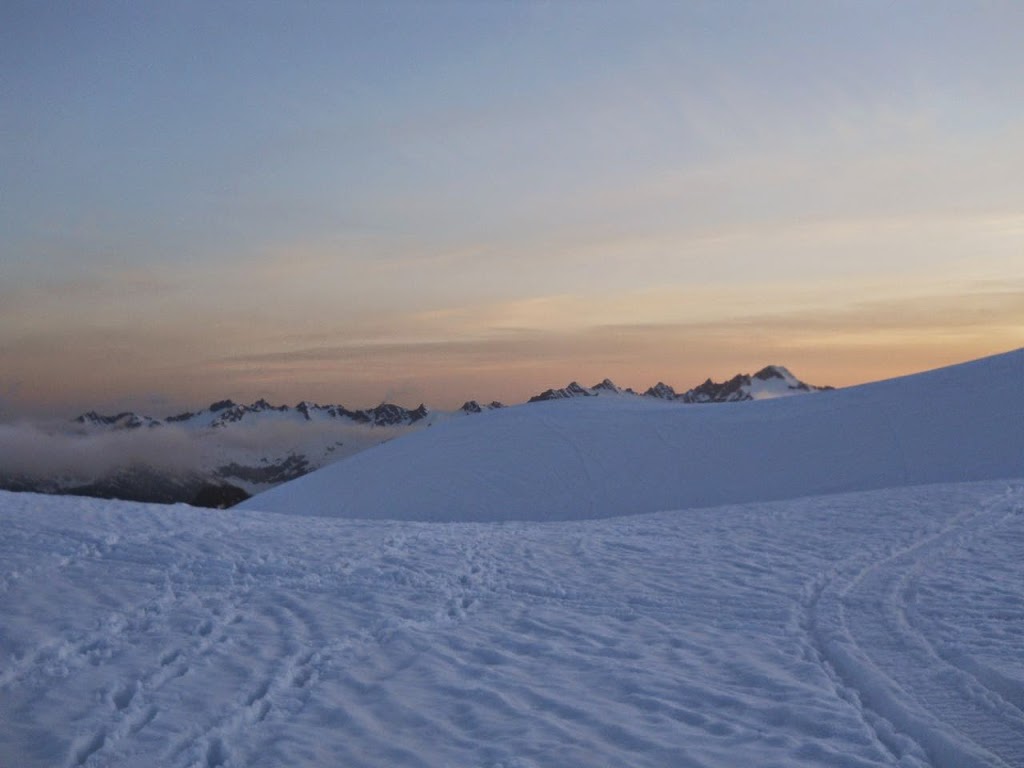 |
| A calm evening before the alpine start. |
Day 4. Alpine start. I have a love hate relationship with getting up at 3am. I zipped open the sleeping bag and got the stove going and put a pot of coffee on before rolling back into bed for about 10 minutes. The sound of the Svea rumbling is music to my tired ears.
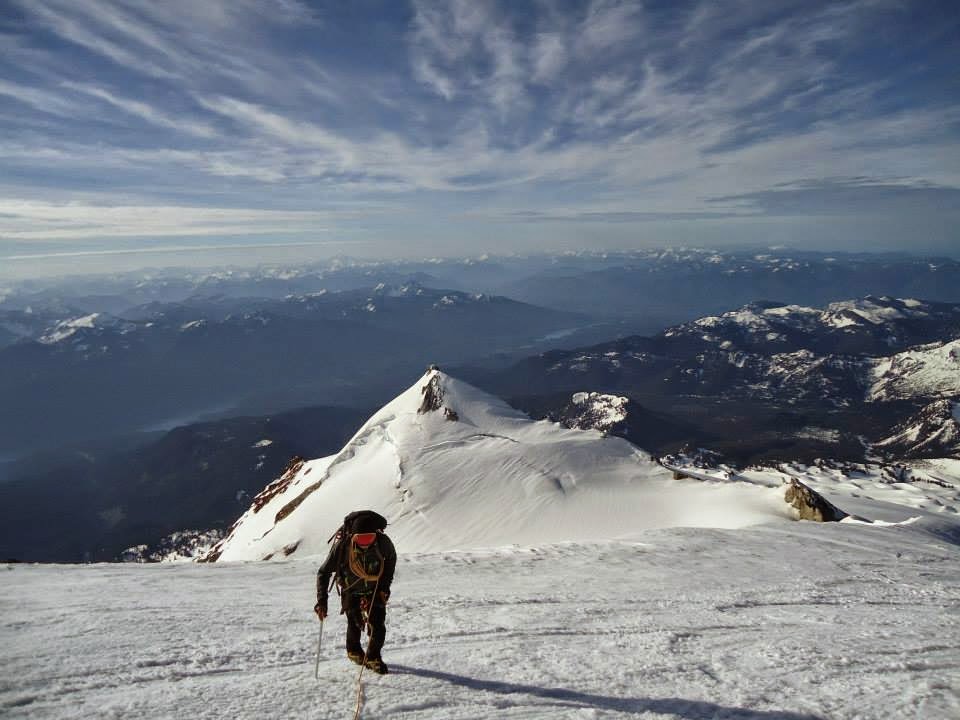
Other than the slog and the difficulty of breathing our team made it up to the summit in beautiful weather.
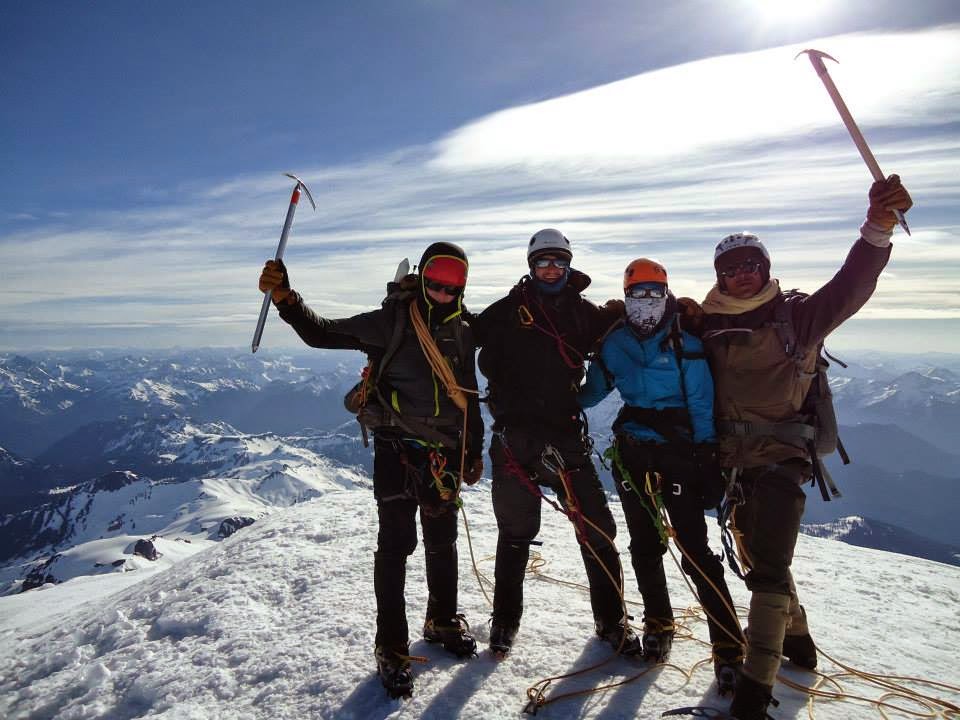
I had been saving pieces of Kendal’s Mint Cake, which had been snacked upon the summit of Everest by Hillary. Baker is no Everest, but you have to start somewhere. Cheer’s to my Oklahomie Chris Stoval for introducing me to this snack.
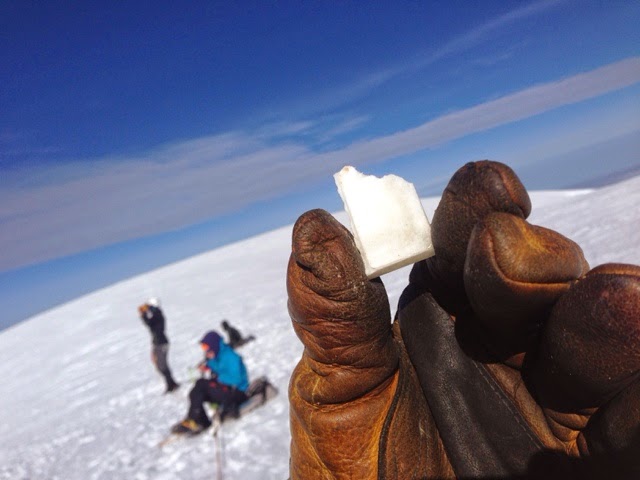
Day 5. I woke to the wonderful sound of rain pattering on our tent. At around 8am Brett came and told us through our tent fly, that lessons were to be postponed today due to the rain.
The entire morning and afternoon was spent lounging in the tent, cooking, making tea and coca and Laura and I exchanged stories from our college days about pre-med. We really got a chance to bond and I thought our backgrounds of attempting to get into the medical track were very similar. She wanted to get into politics instead of doctoring. Laura remembered she had brought her Kindle and read aloud the first few chapters for Game of Thrones. She had never watched the show but got the book to know what everyone was talking about.
I love the sound of rain on a silnylon fly. So listen with me.
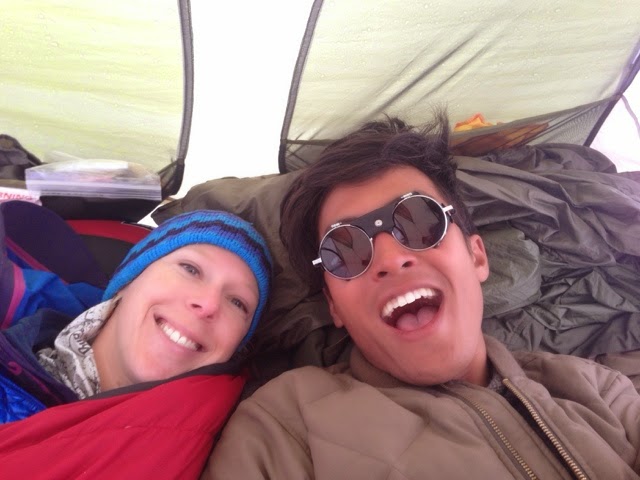 |
| A good tentie dosen’t smell too bad, a GREAT tentie reads you Game of Thrones with accents. |
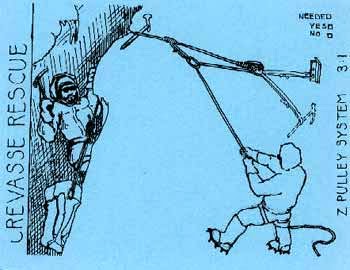
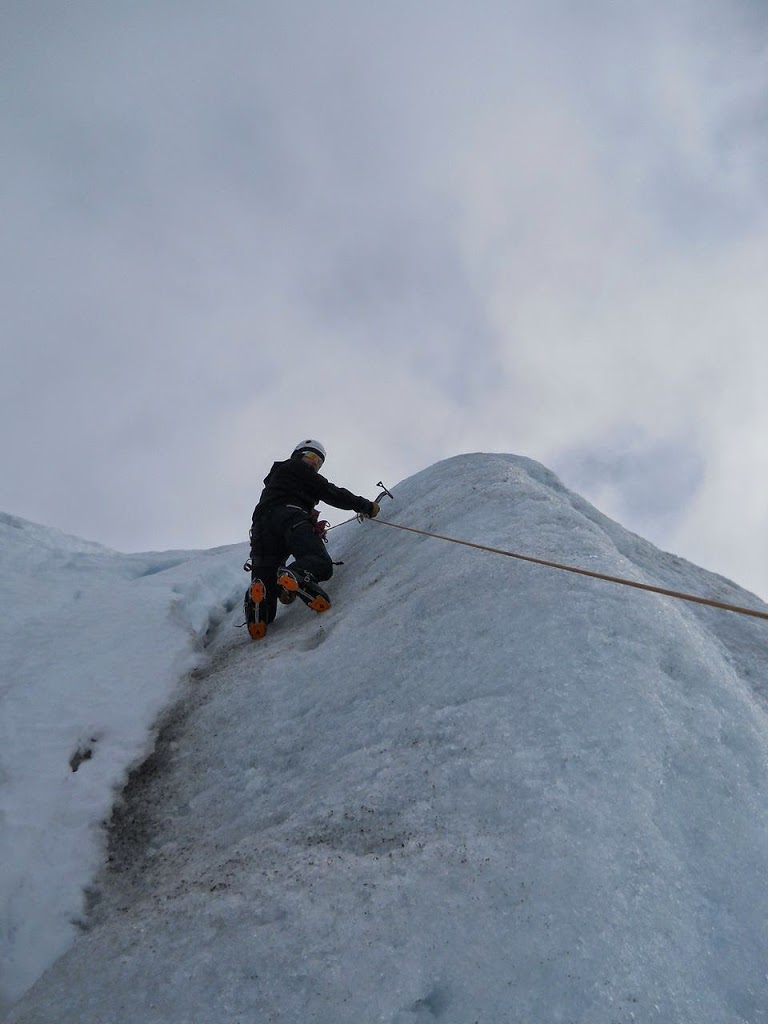
While I won’t see the rest of the crew again for a while, Evan the acrophobic mountaineer and I would set our sights on Ranier that next week.

